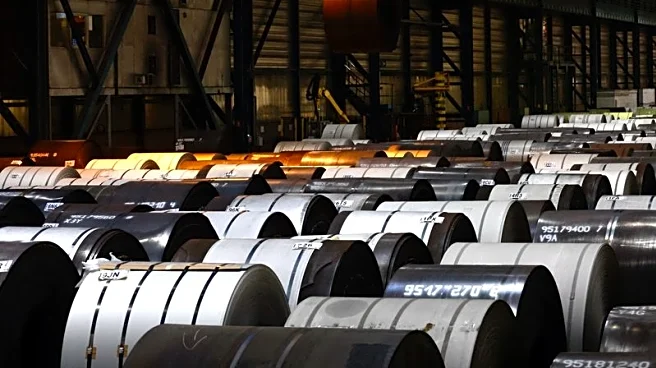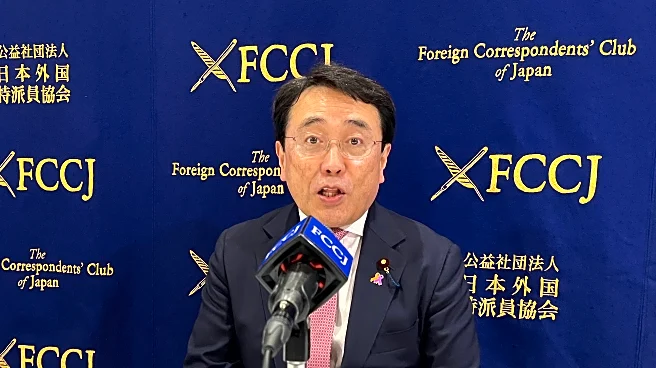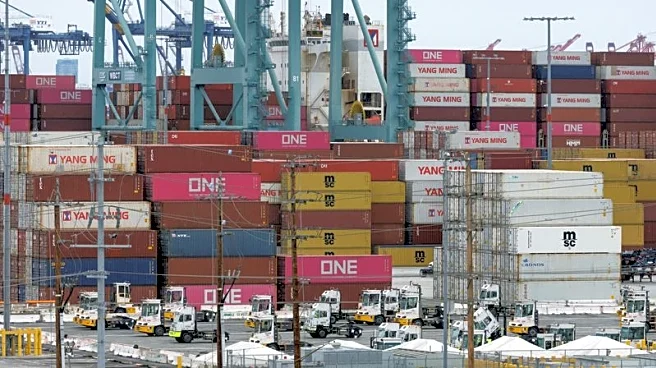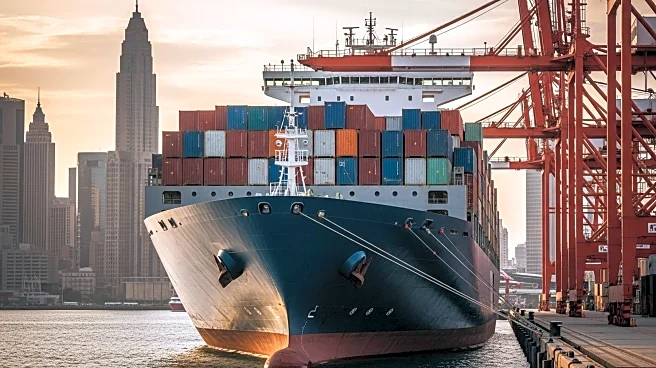What's Happening?
The European Commission is set to propose a reduction in steel import quotas by nearly half and increase tariffs on volumes exceeding those quotas to 50%. This move aligns with similar tariffs imposed by the US and Canada. The proposal is part of a new package for the steel sector, scheduled for announcement on October 7. The current EU steel import safeguards are due to expire in mid-2026, prompting steel associations to advocate for reduced quotas and higher tariffs to address declining demand and excess capacity.
Why It's Important?
The proposed changes are crucial for the EU's steel industry, which faces challenges from global overcapacity, particularly from subsidized Chinese production. By aligning tariffs with those of the US and Canada, the EU aims to protect its domestic steel industry and maintain competitive balance. The move could also facilitate negotiations with the US to replace existing tariffs with a quota system, strengthening transatlantic trade relations. The decision reflects broader efforts to safeguard critical industries from external pressures.
What's Next?
The European Commission's proposal will be unveiled on October 7, with potential implications for trade negotiations with the US. The EU's approach to steel import quotas and tariffs may influence similar measures in other sectors, such as aluminum. Stakeholders, including steel associations and unions, will continue to engage with policymakers to ensure their interests are represented in the final decision.












